
Typically, we like to frame things in the positive: Why being active is good for you. So while discussing why being sedentary can be harmful and dangerous might seem like a negative frame – it can be powerful and motivating to understand the negative health consequences of behaviour.
Wonderful readers – being members of our amazing health clubs – you likely already know that having a sedentary lifestyle is dangerous: It doubles the risk of cardiovascular diseases, diabetes and obesity; increases the risk of colon cancer, high blood pressure and osteoporosis, and can increase anxiety and depression in adults and children alike.
Here is our call to action: continue to make ourselves and our physical fitness and health a priority; Set a powerful example for those we care about; Inspire everyone around us to do the same. Never feel guilty about making time for your exercise. It’s vital on so many levels.
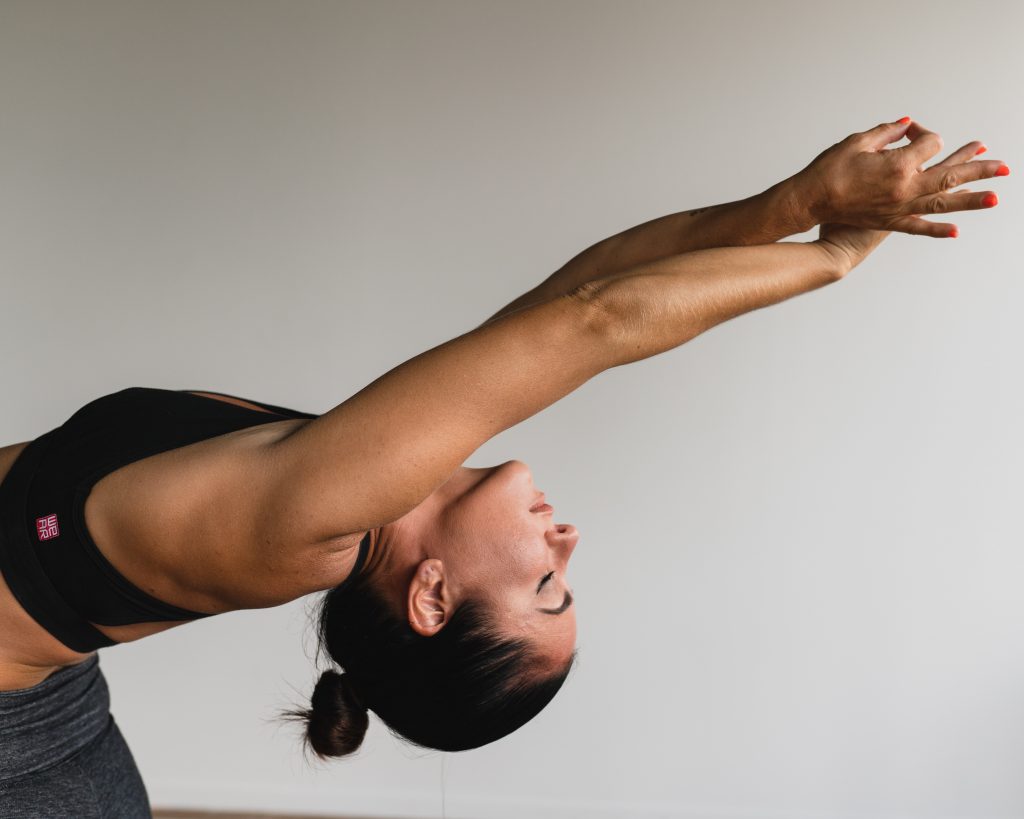
That said, we openly acknowledge there are days and times in life when it is tougher to fit in those workouts. The second part of this article explores how powerful small, short bouts of exercise are. How beneficial those are and how we can easily fit those into a jam-packed day.
Let’s quickly review the science on what happens when we sit for too long.
This isn’t about shaming or judging anyone. This is about educating ourselves about the impact of certain behavious and encouraging and empowering us to make some shifts.
Humans are built to stand and walk. Even if we exercise daily, here are some of the things that can happen when we sit for hours at a time:
- Our legs and especially our bums become weaker. We become tired when we climb the stairs, are more susceptible to falling and therefore getting injured.
- Our posture suffers. Our hip flexors shorten, the front of our shoulders become tight and the disks in our back compress. This can create excessive curvature and premature degeneration of our spines. It also can contribute to low back and neck pain, and faulty mechanics throughout the body – so our knee, hip and ankle joints suffer.
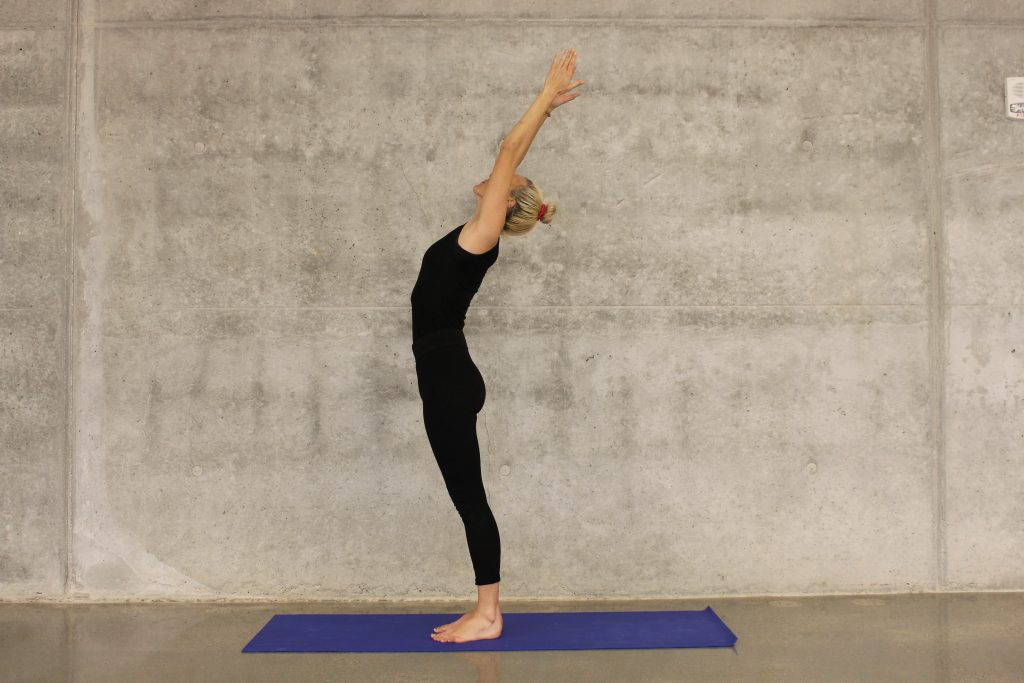
- Metabolism will slow and we will tend to store fats and sugars in our bodies.
- Anxiety and depression tend to rise.
- The risk of certain cancers, heart attack and stroke may become more pronounced
- You may suffer increased insulin resistance meaning your blood sugars rise above what it healthy. Over time this can increase your risk of developing diabetes
- Blood tends to pool in your legs which can lead to varicose or spider veins. These may not seem serious, but they can start to really ache. Making it tougher to be on your feet and keep that level of activity up over the long haul!
- Your brain doesn’t function nearly as well. Sitting for hours on end can decrease ability to concentrate, remember and problem solve. So if the reason you’re sitting for hours on end is to get your work done…?! You’ll be far more productive, creative and efficient if you take periodic breaks and move around!
I’m going to stand up and do a set of 15 squats and then walk up and down the stairs. Be right back…
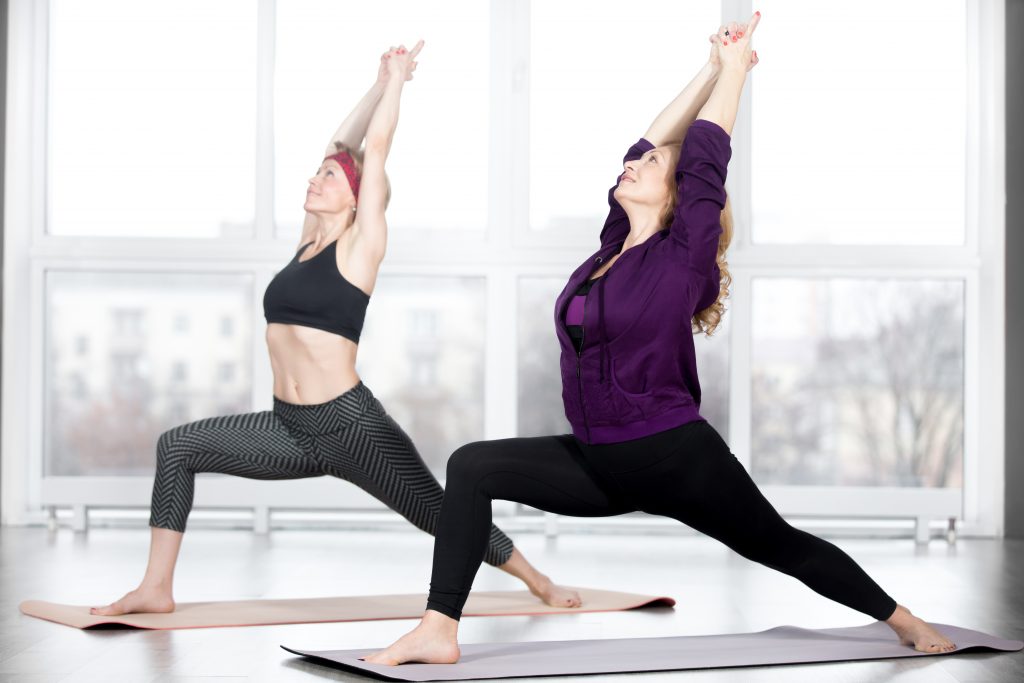
Ok. I think we get the picture. Here are the easy things we can do to fight back against all those negative physiological and neurological reactions:
- Pace when you’re on the phone
- Book walking meetings
- Take the stairs
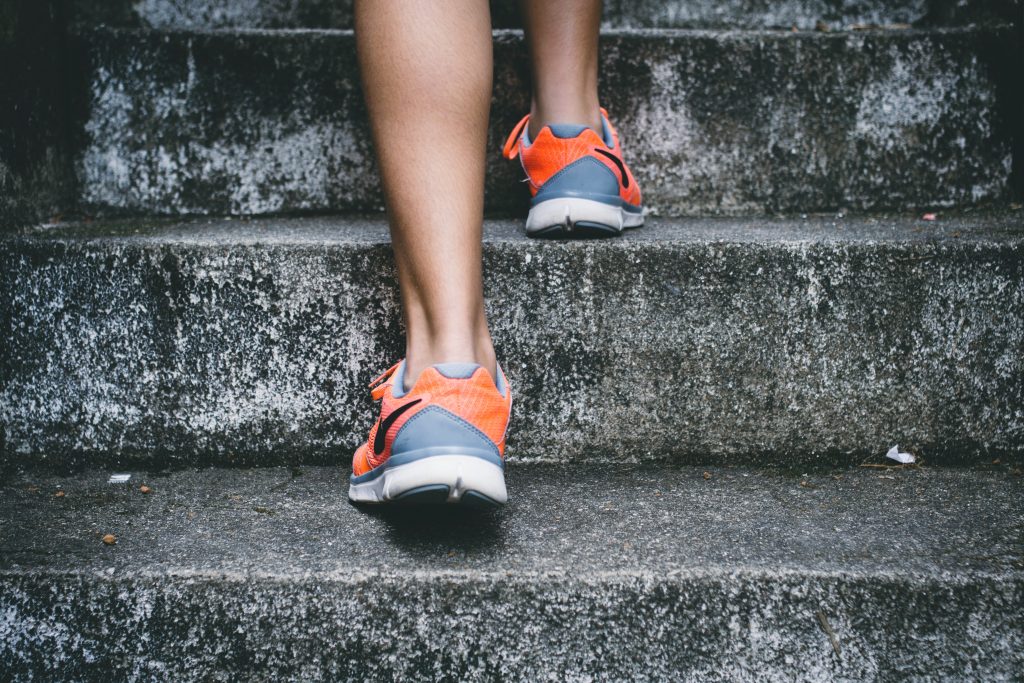
- Set an alarm for every 30-40 minute to remind you to stand and move. It only needs to be 60-90 seconds.
- Spread your strength training throughout the day. Determine you’re going to do 30 squats, 30 banded rows, 30 lunges, 30 pushups and 30 side planks. Break those into short, manageable sets throughout the day, and check them off as your go
- Park further away from your office
- Adjust your work environment so you can stand periodically at your desk
- Get off the bus one stop early
- Wear running shoes to and from work
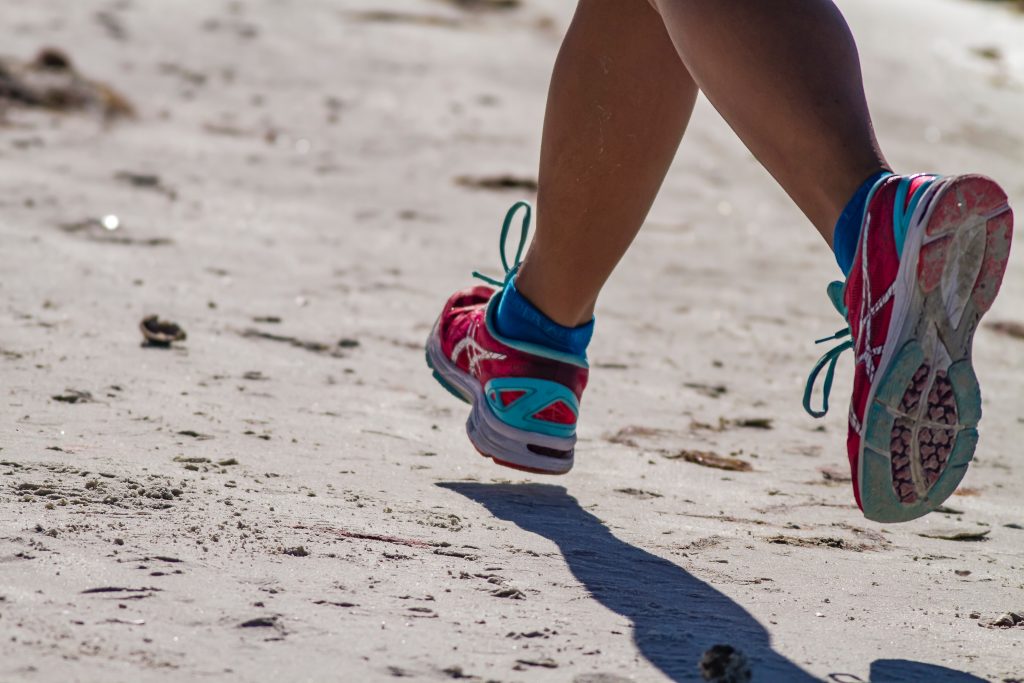
- Listen to recorded versions of your books and walk, garden or clean while you’re “reading”.
- Stretch while you’re watching tv
Please remember this: Feeling guilty about a behaviour is the opposite of helpful. It fosters a why bother mentality that typically does not encourage change. And so no shaming please: Not for yourself. Not for those you care about. Instead, the emphasis can be on setting one or two small achievable goals to break up the day. Find manageable, easy opportunities for a little more movement. And celebrate those. Often we start to enjoy the body breaks and notice how much better we feel and even work when we make this sort of thing a priority. That’s what this is all about.
Sources:
https://pubmed.ncbi.nlm.nih.gov/27434872/
Inspiration of the Day:
“The habit of maintaining a healthy lifestyle, including regular exercise and a nutritious diet ideally begins in childhood and we hope that parents and schools everywhere will use this day to spread this message”. – Dr Gro Harlem Brundtland, WHO’s Director-General

